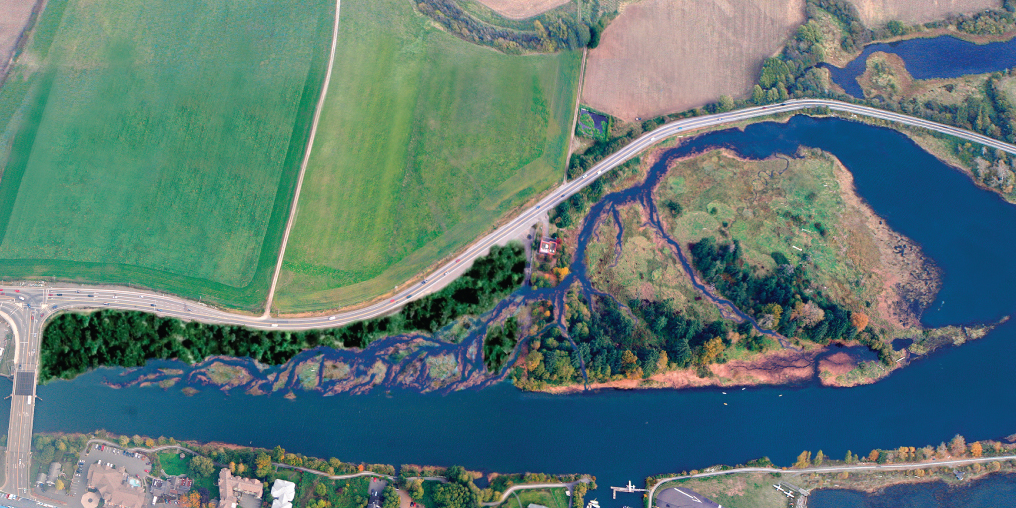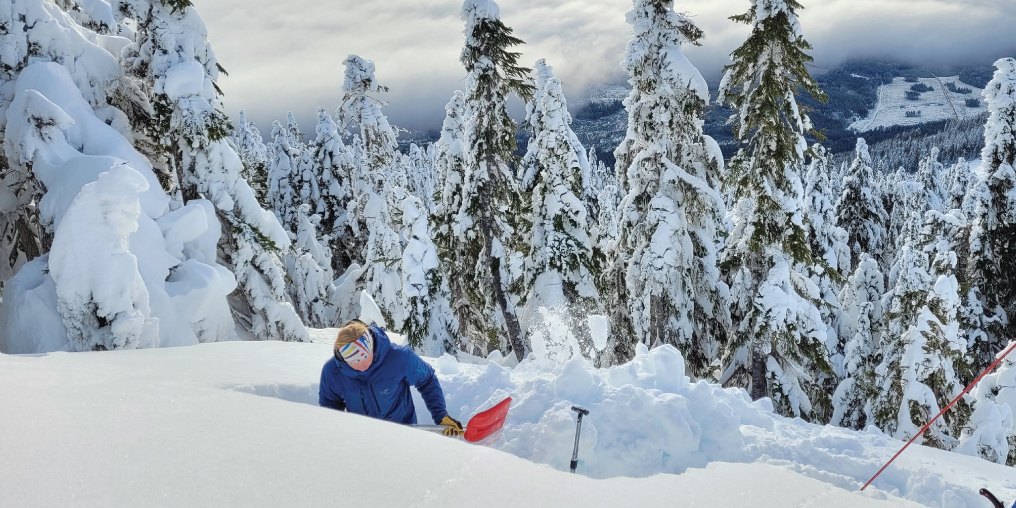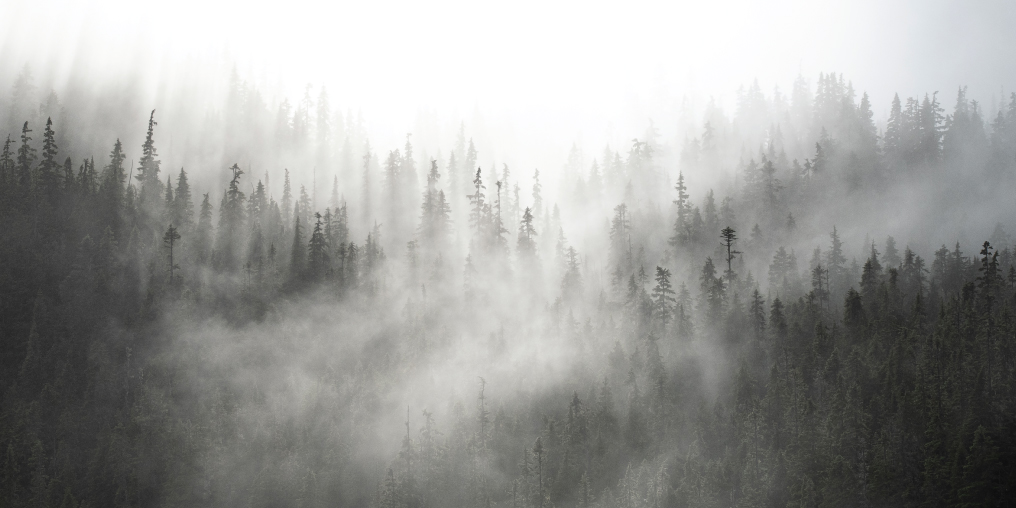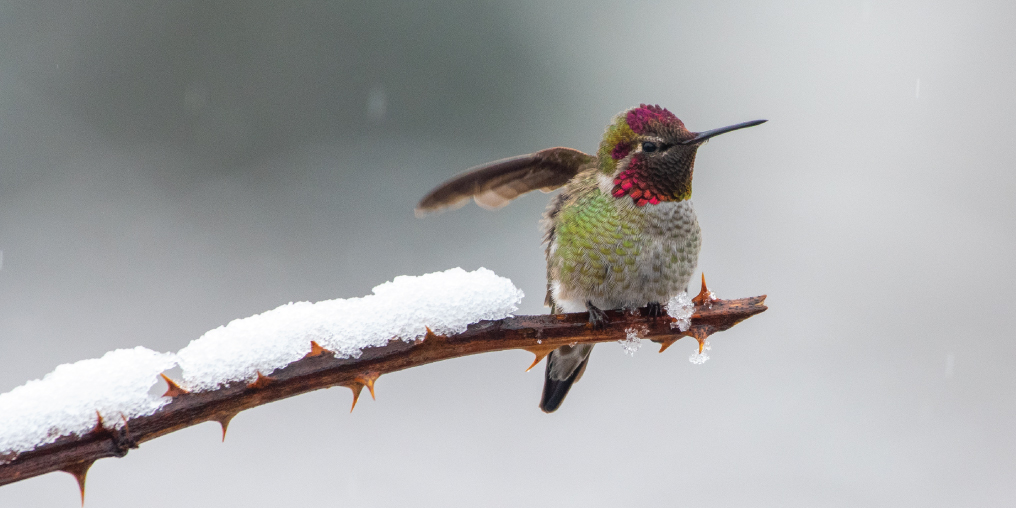“I just want to wake up one day, open the company’s books, and not see the Field Sawmill property there,” John Horning tells me. Horning is the Executive Vice President and Chief Financial Officer of Interfor, an international logging company with nearly 20 sawmills and extensive forest tenures spanning between northwestern British Columbia and South Carolina. Although still owned by Interfor, the Field Sawmill, in the heart of the K’ómoks estuary, is no longer operational. Arguably the biggest eyesore in the community, it has been dismantled, cleaned up, and on the market for nearly 10 years. Horning and I share a common dream.
The Field Sawmill was once the economic heart of the Comox Valley. It employed hundreds of people directly, and was the centerpiece of the local forest industry. Estuaries have long been the location of choice for coastal BC’s saw and pulp mills. Logs can be easily floated on the river, or tugged along the coast. Processed timber products can be barged to market. Industrial mills still operate in the estuaries of the Fraser, Cowichan, Nanaimo, and Chemainus rivers. Yet the tides may be changing as some communities choose to follow a different path.
Estuaries are far more than convenient industrial sites. One of the most biologically productive ecosystems on earth, they rival even tropical rainforests for biomass produced. In fact, industrial use of an estuary is beyond inconvenient for a Chinook Salmon or Trumpeter Swan. The K’ómoks estuary hosts globally significant numbers of swans each winter, while millions of salmon in the Puntledge, Browns, and Tsolum River systems require this estuary to transition between saltwater and freshwater habitats. Chinook are known to spend prolonged periods as smolts feeding and growing in these “nursery habitats” before going out to sea.
Hindsight is 20/20. By the 1980s many of BC’s coastal communities were waking up to the fact that salmon populations, herring, and waterbirds were in decline. In some cases, a very sharp decline; no surprise when biologists pointed out that we have over-industrialized many of our most important estuaries. In Campbell River, over 86% of the estuary had been converted to industrial land uses by 1990, and the city’s iconic “Tyee” Chinook Salmon were in trouble. Despite millions of dollars spent in restoration and enhancement efforts in the river, the amount of estuarine nursery habitat was the bottleneck to viable Chinook populations.
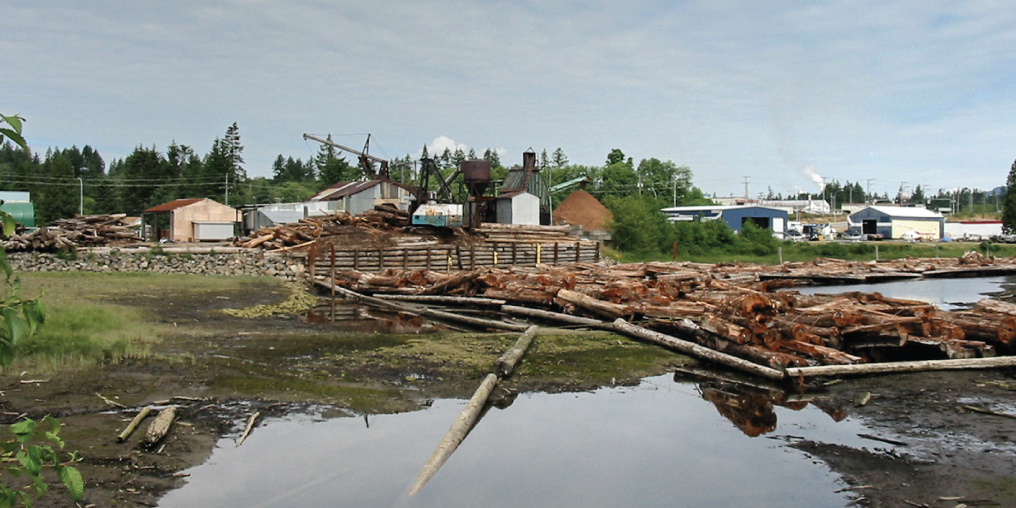
In 1982, the Canadian Wildlife Service initiated a project to create intertidal habitat in the Campbell River estuary, but it wasn’t until the year 2000 when major de-industrialization took place in earnest. With the support of city council and key community advocates, mayor Jim Lornie decided to dream big. He designed plans to de-industrialize, initiating one of the most successful estuary restoration projects on Canada’s Pacific coast. Some called it the Amazing Makeover of the Campbell River Estuary. In the end, three saw mill sites, extensive log booming grounds, lumber storage areas, and a barge loading terminal were completely restored to natural estuary habitat. It is now a city park including a popular public access trail. A sea of sedges, rushes, and forbs, flanked by a band of shrubs and trees, have replaced the steel retaining walls and acres of concrete and dilapidated buildings. The salmon came back.
The Comox Valley Project Watershed Society and the K’ómoks First Nation share a dream for the future of the Field Sawmill site. Known to the K’ómoks people as “Kus-kus-sum,” the property holds deep significance. The intention is to purchase the land from Interfor and begin another amazing makeover. Having extensive, direct experience in the Campbell River estuary restoration project, I know this can be done. We have an accepted offer to purchase the land, and a two-year window to raise the required funds. In total, the land acquisition and restoration costs are estimated at $6.5M. The partnership anticipates that raising $500,000 of hard-earned cash from the pocketbooks of philanthropic local community residents is feasible, and a strategy is in place to raise the balance from various foundations and government grant opportunities.
The economic return to the community through this project will far outweigh the costs. For example, the restored site will have tremendous potential to absorb floodwaters and provide resiliency to buffer the effects of climate change from more frequent and severe rain storms, sea-level rise, and storm surge events. This will mitigate the flooding-related costs to Courtenay, which have been in the ballpark of $500,000 per event.
Project Watershed, the K’ómoks First Nation, the City of Courtenay, and Interfor are working to find a conservation solution to this complex real estate problem, yet one thing remains true: nothing happens unless a dream comes first.
Please visit www.kuskussum.ca for more information or to make a donation.





